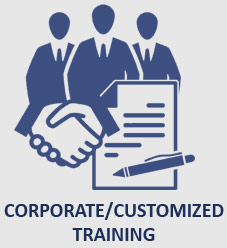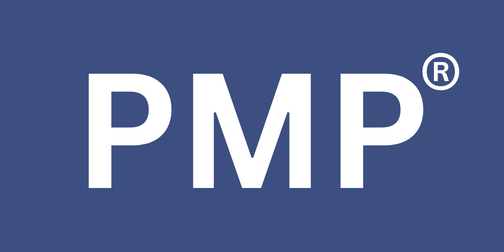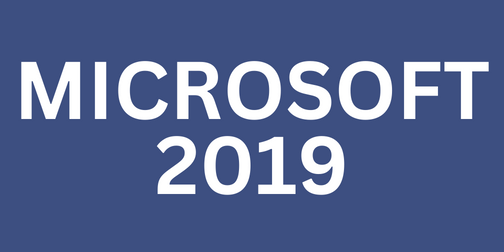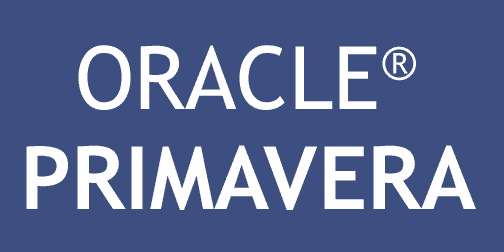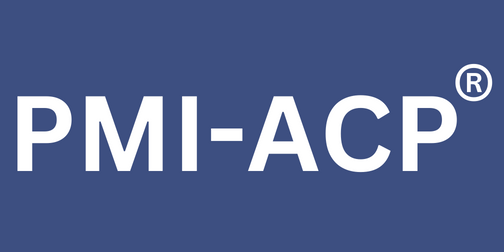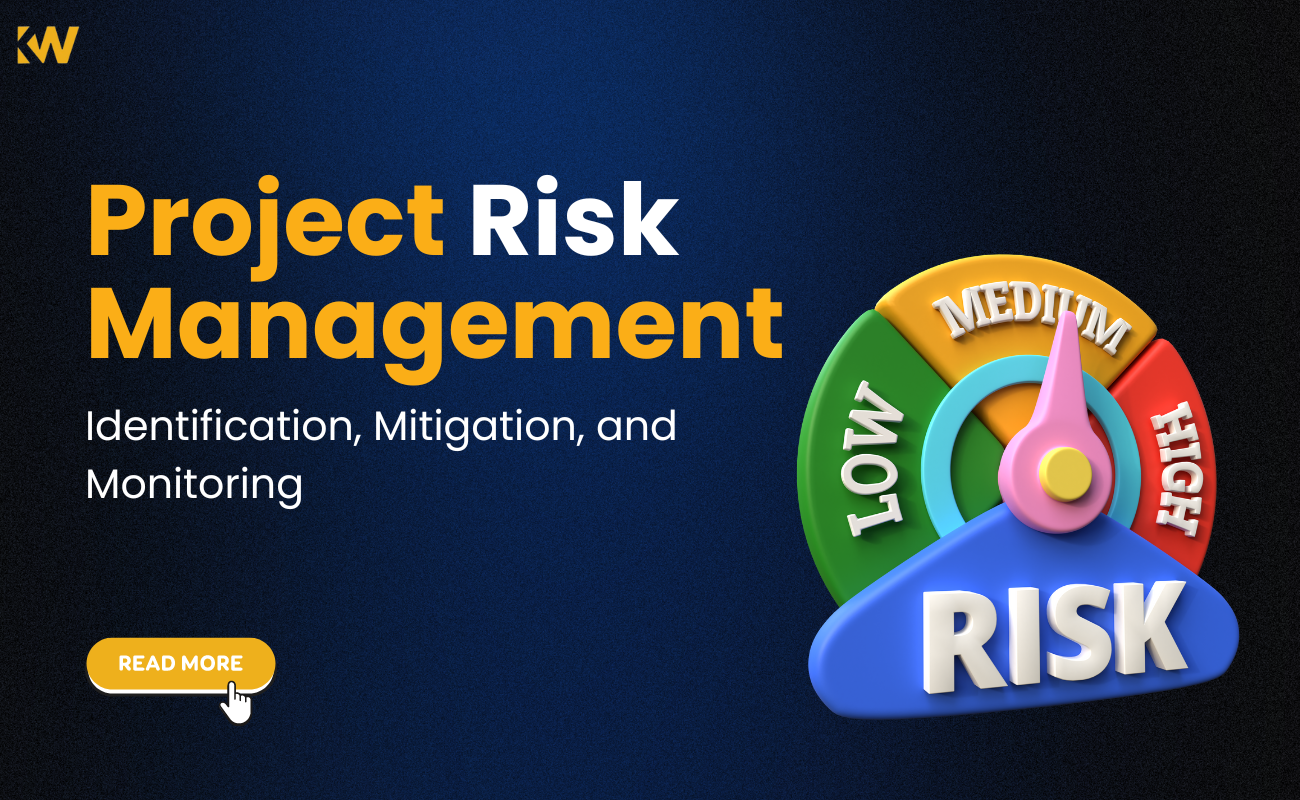
Project Risk Management: Identification, Mitigation, and Monitoring
Posted On June 6, 2024 - 17:14 PM
Uncertainty always accompanies project managers in their changing world. Risks abound whether starting a new project, upgrading software, or creating a structure; they jeopardize project schedules, finances, and success in the end. Effective risk management, however, can transform these difficulties into chances for development and creativity. The three main tenets of project risk management—identification, mitigation, and monitoring—will be discussed in this blog.
Comprehending Project Risk Management
The process of discovering, evaluating, and prioritizing risks is known as risk management. It is then followed by concerted attempts to reduce, track, and regulate the likelihood or impact of these risks. It's a proactive strategy that gives stakeholders and project managers the ability to foresee possible roadblocks and come up with solutions.
1. Risk Identification
Finding possible dangers is the first step in an efficient risk management process. This entails subject matter expert consultations, risk workshops, historical data analysis, and brainstorming meetings. There are several types of risks, which include:
- Technical risks are issues with infrastructure, technology, or procedures.
- External risks include variables like market swings or changes in regulations that are out of the project team's control.
- Organizational Risks: Difficulties brought on by internal procedures, cultural norms, or resource limitations.
- Risks associated with project management include problems with budgeting, scheduling, and stakeholder alignment.
- Through a methodical process of risk identification, project teams can generate an extensive risk register that functions as a guide for subsequent actions.
2. Strategies for Mitigation
The next stage after identifying risks is to create mitigation plans to reduce their possible impact. This entails evaluating each risk's likelihood and severity and ranking them according to how they might affect the project's goals. Some techniques for mitigation could be:
- Risk avoidance involves removing the underlying cause of the risk or making changes to the project plan to eliminate exposure.
- Transferring the burden of risk management to a third party, as with outsourcing or insurance, is known as risk transfer.
- Putting policies in place to lessen the likelihood or impact of a risk is known as risk reduction.
- Accepting risk and its possible outcomes without taking more action is known as risk acceptance, and it is frequently appropriate for low-impact hazards.
- Collaboration between project stakeholders and a proactive approach to mitigation is necessary for effective methods of addressing potential threats.
3. Observation and Management
The identification and mitigation of risks are only the beginning of project risk management; continuous oversight and control are needed for the duration of the project. This includes:
-
Frequent Risk Reviews: Planned evaluations of the risk register to determine new hazards and gauge the success of mitigation techniques.
-
KPIs, or key performance indicators, are: defining KPIs to monitor project performance and identify any hazards at an early stage.
- Creating backup plans to deal with unknown risks and lessen their influence on project goals is known as contingency planning.
- Communication: To guarantee that all project participants are aware of the risks and are in agreement regarding mitigation efforts, open and honest communication is essential.
Organizations can raise the likelihood of project success and successfully handle uncertainty by including risk management in project governance processes.
Advantages of Proactive Project Risk Management
Improved Project Success Rates: You're less likely to be caught off guard by unforeseen difficulties if you anticipate and mitigate risks. By being proactive, you increase the likelihood that your project will be finished on schedule, on budget, and in compliance with specifications.
Better Decision-Making: Risk management promotes open communication and the investigation of possible issues. This makes it easier to make well-informed decisions at every stage of the project, which promotes more strategic resource allocation and effective project management.
Improved Cost Control: Early detection of possible cost overruns is made possible by proactive risk management. This helps you to keep your project inside budget by allowing you to create backup plans and implement corrective measures to reduce financial damage.
Decreased Stress and Boosted Team Morale: Project teams may experience significant stress due to unforeseen obstacles and uncertainty. You may establish a more regulated and predictable project environment by taking proactive measures to mitigate risks. As a result, the team becomes more composed and self-assured, which boosts morale and encourages teamwork.
Improved Client Relationships: Gaining the trust of clients requires meeting deadlines and expectations. Active risk management lessens the possibility of unforeseen problems or delays that could sour your working relationships with clients and help to guarantee a more seamless project execution.
Enhanced Project Repeatability: You can learn a lot for your next project by studying the risks and mitigation techniques from previous projects. With this information, you may gradually enhance the quality of project delivery by tailoring your risk management strategy.
The Best Methods for Handling Risk in Projects
The type and complexity of the project will determine how the principles of project risk management are implemented, but they will always remain the same. The following are some excellent practices that increase risk management initiatives' efficacy:
-
Engage Stakeholders: In order to obtain a variety of viewpoints and promote a sense of ownership over risk management procedures, involve important stakeholders right away.
-
Use Risk Management Tools: To expedite the processes of risk identification, assessment, and monitoring, make use of specialized software and tools.
-
Encourage a Culture of Risk Awareness: Promote an environment where team members are empowered to recognize and report hazards without worrying about facing consequences.
-
Harmony Proactivity and Reactivity: Although proactive risk management is crucial, you need also to be ready to adjust and react quickly to new threats.
-
Continuous Improvement: To find areas for optimization and improvement, analyze and assess risk management procedures on a regular basis.
In Conclusion: Effective project risk management is becoming essential for enterprises to meet their strategic goals in an increasingly uncertain world. Project managers may confidently handle complicated problems by adopting a proactive approach to risk identification, mitigation, and monitoring. This allows them to turn impediments into opportunities for innovation and progress. As they say, "The only certainty in life is uncertainty," but companies may succeed in the face of uncertainty provided they have strong risk management procedures in place.
Within the dynamic field of project management, risk is an inescapable fact. However, risk management doesn't have to be a bad thing; when the correct plans are in place, it may actually be a success driver.
Check out this blog : Mastering Project Scheduling Techniques











